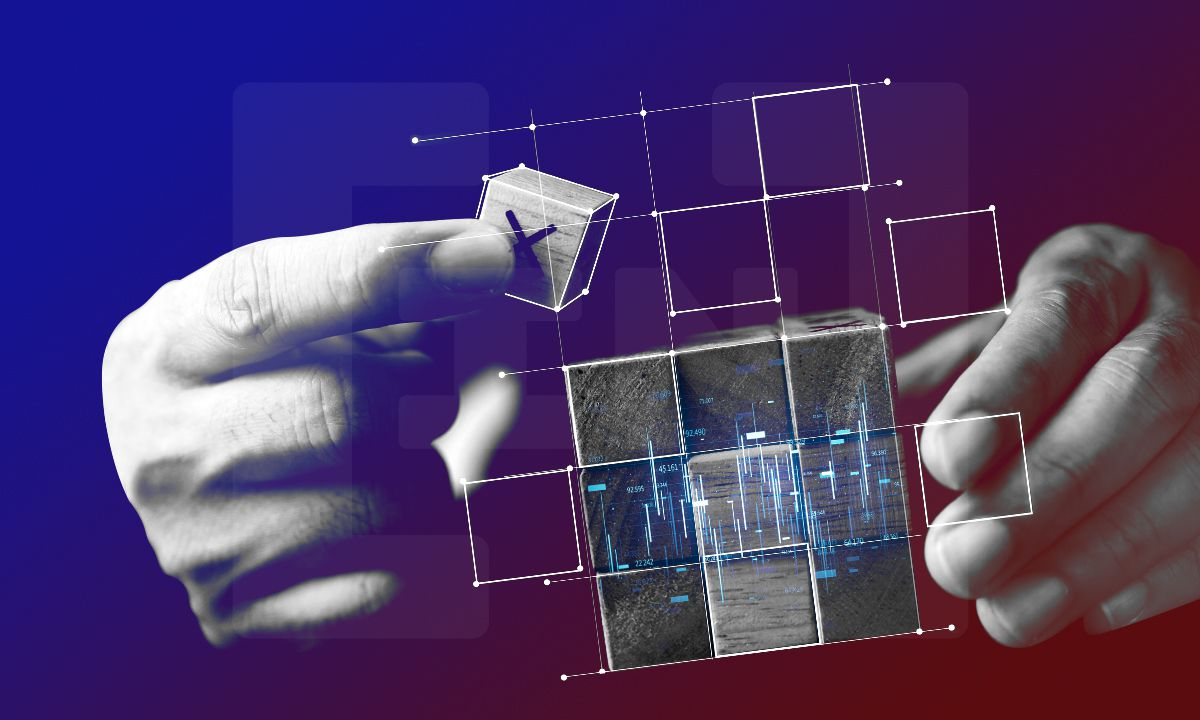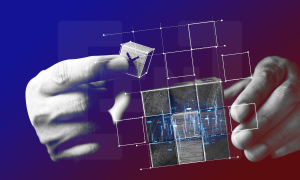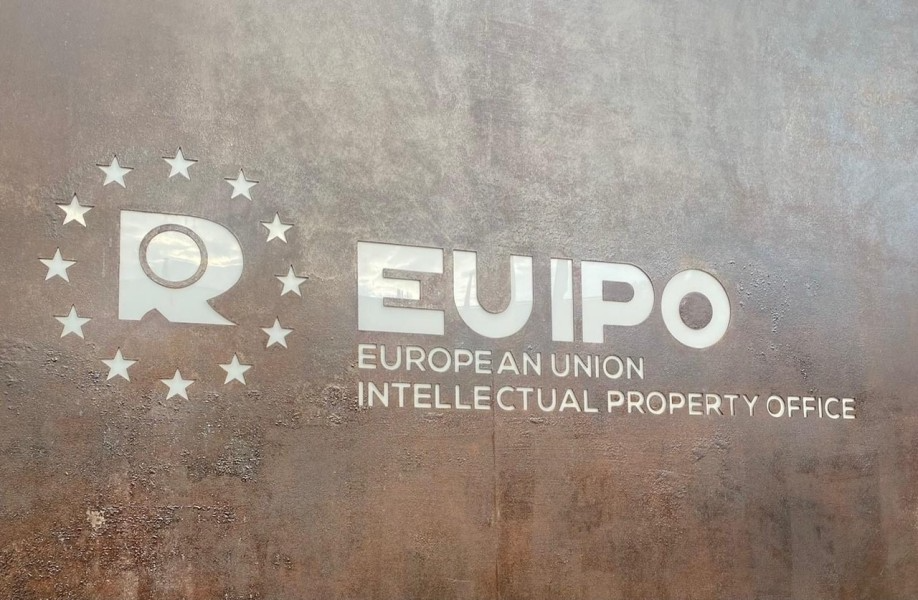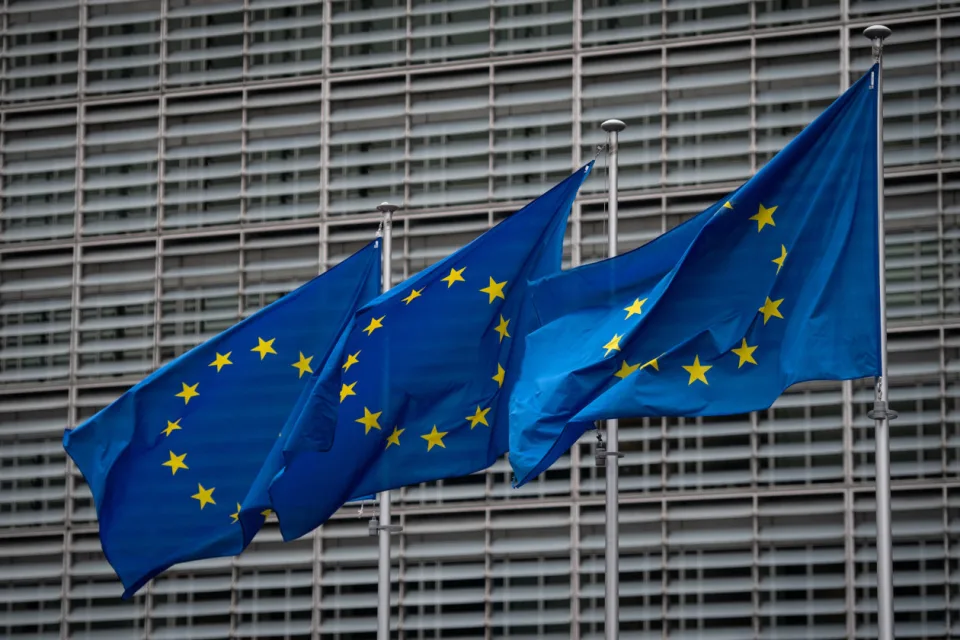Join Our Telegram channel to stay up to date on breaking news coverage
According to the European Union Intellectual Property Office (EUIPO), blockchain-based tools designed to combat counterfeiting are showing promise.
EUIPO Advances Fight Against Counterfeiting with Blockchain-based Tools and Open-Source Technology
In a recent post, the EUIPO stated that after conducting a trial involving various brands, border control agencies, and logistics operators, they have finalized a proof of concept.
Engaging in real-life operational tests with four brands, two logistics operators, and a customs authority, the EUIPO’s initiative, called European Logistics Services Authentication (ELSA), is based on the European Blockchain Services Infrastructure (EBSI) project and has yielded encouraging results.
Located in Alicante, Spain, the EUIPO aims to create an open-source platform this year. The platform will enable all participants in the trade supply chain to track products and verify their authenticity, thus strengthening the fight against counterfeiting.

While the concept of employing distributed ledger technology to combat counterfeit goods is not novel, its actual application has encountered obstacles. Nevertheless, supporters of the EUIPO project are confident that by harnessing open-source technology, they can circumvent the drawbacks associated with excessively centralized systems like IBM’s TradeLens, which recently announced its discontinuation in November of the previous year.
EUIPO estimates that counterfeit goods make up approximately 2.5% of global trade, equivalent to a staggering value of around 412 billion euros ($451 billion).
Attempt Against Combating Counterfeiting Using Non-traditional Measures Traces Back Years
This is not the first time the European Union (EU) has ventured out of traditional options to deal with counterfeiting.
The European Union (EU) had embarked on a strategy to combat the counterfeiting of physical goods by developing a blockchain technology and non-fungible tokens (NFTs) solution. The Intellectual Property Office of the European Union was tasked with designing the proposed system, which was the culmination of nearly five years of work.
In a document released in September 2022, the EU outlined a high-level architecture for the project, defining the basic framework of the system. As part of this approach, intellectual property (IP) owners would issue digital tokens, specifically twin NFTs, to establish the authenticity of manufactured goods. To integrate these items into the tracking blockchain, the IP rights holders would need to become authorized signatories.
The system aimed to trace the supply chain, allowing for thorough monitoring of the goods’ movement across checkpoints. This process would provide assurance to IP owners that the products sold in stores were genuine.
The European Union Intellectual Property Office had set a goal to have the operational system in place by the end of 2023. To achieve this objective, the EUIPO needed to develop a registry system that would bring together IP holders, logistics operators, and retailers within the EU. The study suggested that the system should be compatible with existing supply chain monitoring technologies to enhance its effectiveness.
If successfully implemented before the close of 2023, the EU’s initiative would represent one of the earliest large-scale deployments of blockchain technology for achieving this purpose. It’s worth noting that blockchain technology has been utilized in the past for supply chain monitoring as well.
Furthermore, the European Union was engaged in discussions regarding MiCA, a proposed regulation intended to govern cryptocurrencies on a union-wide scale.
European Union Initiates Three-Phase Consultation for MiCA Framework
The financial oversight body of the European Union is set to commence a comprehensive three-phase consultation procedure for the recently approved framework known as Markets in Crypto-Assets (MiCA).
ESMA announced that starting in July 2023, consultations will cover key aspects of MiCA, including authorization, governance, conflicts of interest, and complaint handling. European Commission, Parliament, and Council approval is required for these measures.
In July, the initial consultation package will focus on establishing technical standards for crypto asset service providers within the European Union. Additionally, the document will outline the procedures for effectively managing complaints and ensuring transparent disclosure of potential conflicts of interest.
The second package, anticipated to commence in October, will focus on information disclosure to investors, governance requirements for crypto firms, and sustainability indicators and their impact on climate.
ESMA anticipates that during the first quarter of 2024, the final consultation will delve into matters concerning the safeguarding of investors and the establishment of rules to prevent market abuse. It is estimated that the full implementation of the MiCA framework will require approximately 18 months, and by December 2024, all the regulations will be in force.
MiCA aims to establish a consistent regulatory framework for cryptocurrencies across EU member states, providing regulatory clarity for the industry. In contrast, US officials have faced criticism for their “regulation by enforcement” approach.
Related News
- European Governments Propose “Prohibitive” Measures to Isolate Crypto from Banking System
- Exploring Right-Wing Influence in The European Crypto Market
- Japan Establishes ‘Blockchain Governance Initiative’ With a Focus on Global Regulation
Join Our Telegram channel to stay up to date on breaking news coverage




